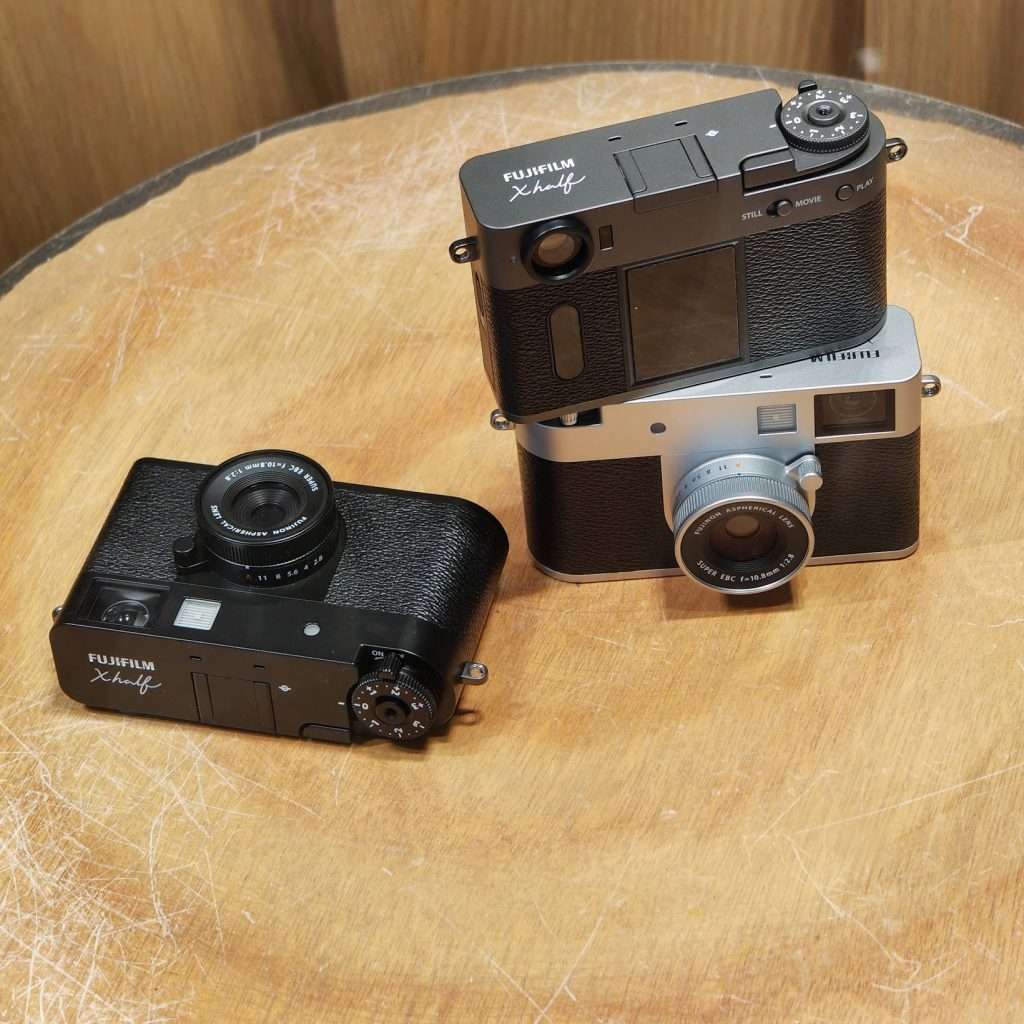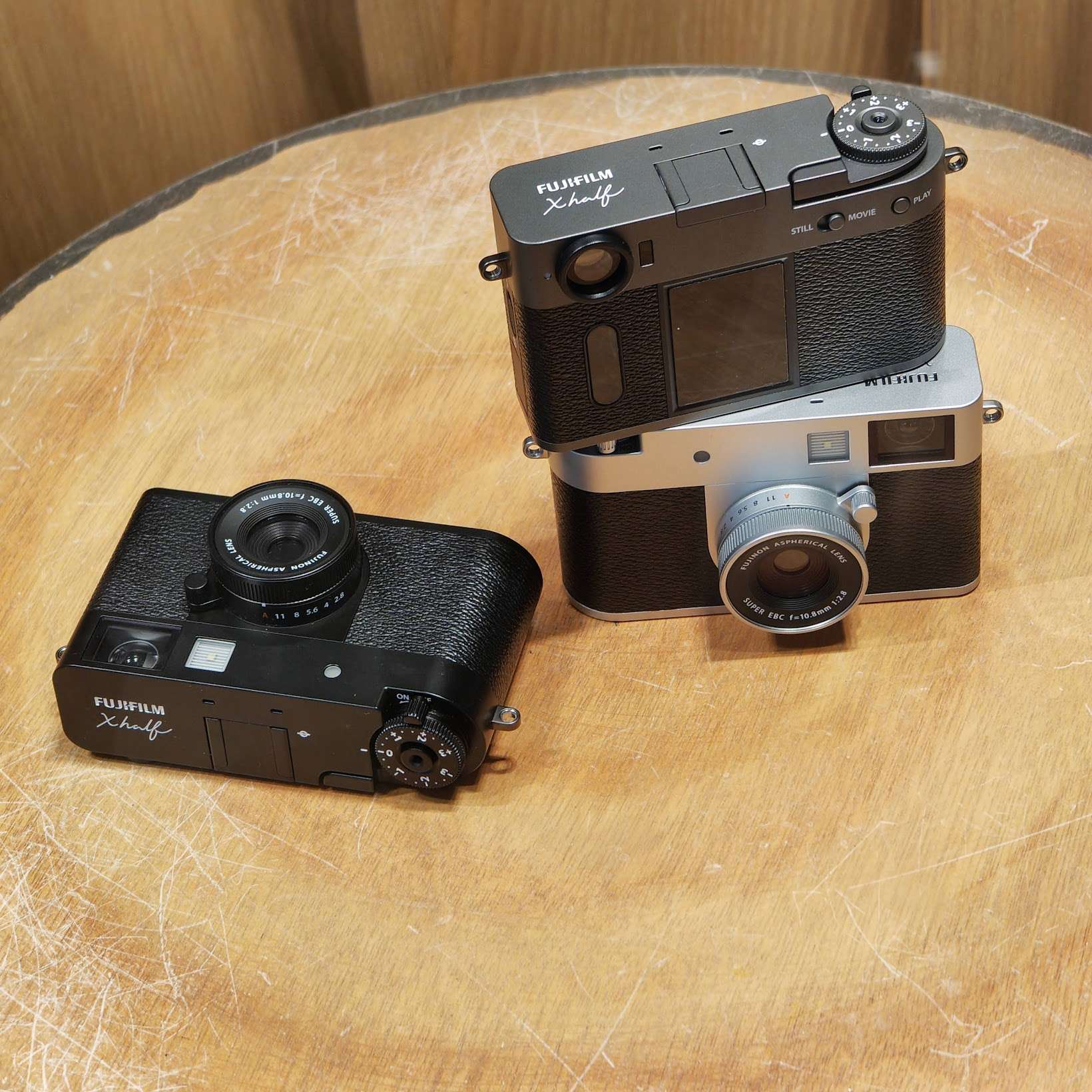What To Know
- The latest X Series model, the “X half,” pays homage to film photography in a digital format, all in a light 240-gram diminutive camera body that hints at the same brand’s X100 rangefinder series.
- The software of the “X half” allows users to transfer photographs and videos to a smartphone, as well as view and print them using the instax™ Link series for a tactile sharing experience.
I have been a traditional photographer since the 1970s, having gone through a Minolta X-300, the Mamiyaflex C220 twin-lens reflex medium-format camera, and the Bronica 645 medium-format camera before embarking on a photographic journey with various mirrorless digital cameras. Having owned various Fujifilm digital cameras from the X100, XE, and XT ranges, I loved how Fujifilm used their film heritage to interpret color and images in their digital range. And so the launch of the new Fujifilm X-HF1 is certainly something I would look forward to.
SINGAPORE— Fujifilm recently launched the “X half” (FUJIFILM X-HF1). The latest X Series model, the “X half,” pays homage to film photography in a digital format, all in a light 240-gram diminutive camera body that hints at the same brand’s X100 rangefinder series.
Half-frame look and feel
The “X half” is a digital camera based on half-frame film cameras that shoot at half the size of 35mm film. You may recall the FUJICA Half film camera in the 1960s. The “X half” digital camera mimics the analog photography experience with a “film advance lever” and produces images that are reminiscent of classic 35mm film.
The “X half” produces images and videos in a 3:4 (“tall”) aspect ratio instead of the more common horizontal 3:2, 4:3, or 16:9 formats in other digital cameras, allowing vertical stills and movies that contemporary smartphone and social media users are used to.
The camera has a vertical optical viewfinder and LCD monitor optimized for vertical composition photography and the “2in1” function, which combines two vertically composed photos into one image for specific storytelling.
The “X half” has a tiny 240-gram body that resembles a traditional film camera and stresses lightweight and portability. The software of the “X half” allows users to transfer photographs and videos to a smartphone, as well as view and print them using the instax™ Link series for a tactile sharing experience.
Film-like experience
The “Film Simulation” lets users change color tones as if they were changing photographic films, and “Grain Effect” recreates film photographs’ graininess. New photography filters like “LIGHT LEAK” and “HALATION” allow for subject-specific shooting emotions.
In addition, the “Film Camera Mode” simulates film camera shooting. This mode allows shooting with the optical viewfinder without the LCD monitor. The frame advance lever moves to the next shot after each one.
Made for photography on the move
The “X half” is tiny and clear with a back-illuminated 1-inch sensor and 32mm F2.8 (35mm equivalent) prime lens.
If you like all things classical and small, the “X half” is perhaps the epitome of this desire. It is visually appealing and small enough to be almost pocketable, with all the visual reminders of a glorious generation past. Fujifilm claims that using the optical viewfinder allows you to take up to 880 photos per battery charge. I don’t know about you, but more than 800 photos per charge is plenty for me.
Now, at S$999 in Singapore, it is not a price darling, and most likely would only appeal to photographers who have gone through film photography like me. However, even if you are interested in purchasing one, many retailers indicate that it is “out of stock” on their websites.

###




